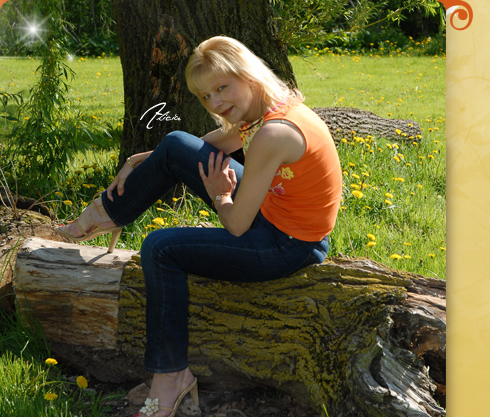Adjusted from Walter Beale, Real Writing, 2 nd version, 1986
Among the earliest organizing products in rhetoric may be the traditional argument, which includes the five areas of a discourse that ancient instructors of rhetoric thought had been needed for persuasion, specially when the viewers included a combination of responses from favorable to aggressive. They often times prescribed this order to pupils, maybe perhaps perhaps not given that it had been definitely perfect, but because utilising the scheme encouraged the author to just take account of a few of the most crucial components of composing:
starting in a fascinating way
Providing context or background that has been highly relevant to their certain market
saying their claims and proof demonstrably and emphatically
using account of opposing viewpoints and objections that are anticipating
and concluding in a satisfying and way that link essay-writing.org/write-my-paper is effective.
The classical argument is not a cookie-cutter template: just filling out the components will not on it’s own prompt you to effective. But by using the dwelling in an effort to be sure you cover all of the requirements of all of the elements of your audience, you’ll find it a tremendously of good use heuristic for developing effective arguments.
The traditional argument typically consist of five components:
The introduction, when the presenter warms as much as the viewers, establishes rapport, and announces the basic theme or thesis regarding the argument
The narration, when the presenter presents circumstances that are specific dilemmas become dealt with, a listing of appropriate back ground, and a synopsis of what exactly is on the line;
The verification, where the presenter provides his or her claims that are principal evidence for accepting the thesis or standpoint within the argument
The verification, where you provide the claims and proof that right right back up or substantiate the thesis of the argument. These claims and proof in many cases are linked together in a string of reasoning that link the thinking, facts and examples, and testimony (in other words. inartistic proofs) that offer the main claim you are making. Usually the verification area has got the shape that is typical of Toulmin argument.
The refutation, when the presenter considers opposing viewpoints, conceding just as much as may be without damaging the thesis, and refuting conflicting views. This part can also anticipate and additionally make an effort to cope with feasible objections into the message
The final outcome, where in fact the speaker wraps up the different arguments into a summary declaration, and amplifies the force of arguments currently made.
In conclusion, where in fact the author ties things together, creates a feeling of finality or closing, answers the relevant concerns or solves the issue reported within the introduction—in other terms, “closes the group” and provides your readers a sense of conclusion and balance. Often writers prefer to add a “final blast”—a big psychological or ethical appeal—that assists sway the market’s viewpoint.
Let us view just exactly exactly how these five parts translate into a written traditional argument.
The Introduction
The introduction has four jobs to complete:
- It should attract the attention of the audience that is specific concentrate it dedicated to the argument.
- It should offer background that is enough to ensure that the viewers is conscious of both the typical problem along with the certain problem or dilemmas the journalist is handling (by way of example, not merely the difficulty of air air pollution however the certain issue of groundwater air pollution in Columbia, SC).
- It should obviously signal the author’s certain place on the matter and/or the way of her/his argument. Frequently an argument that is classical a written thesis declaration early in the paper—usually in the 1st paragraph or two.
- It should establish the author’s part or any relationship that is special journalist may need to the niche or perhaps the market (as an example, you are focused on the Susan G. Komen Race for the Cure because your mom is a cancer of the breast survivor). It will additionally establish the image associated with the journalist (the ethos) that he/she would like to project when you look at the argument: caring, aggressive, passionate, etc.
Some Concerns to inquire of as You Build Your Introduction
1. What’s the situation that this argument responds to?
2. What elements of back ground or context must be presented with this market? Is this brand new information or am i recently reminding them of things they currently have some understanding of?
3. Exactly what are the major problems involved in this argument?
4. Where do we stay on this dilemma?
5. What’s the easiest way to fully capture and concentrate the viewers’s attention?
6. just What tone do I need to establish?
7. just just What image of myself can I project?
The Verification
There is a very good urge in argument to express “Why should you imagine therefore? Because!” and then leave it at that. But an audience that is rational strong objectives for the forms of evidence you certainly will and won’t offer to aid it accept your perspective. All the arguments utilized in the confirmation are generally associated with the inartistic type, but creative proofs may also be used to guide this part.
Some Concerns to inquire about as You Build Your Verification
- Do you know the arguments that support my thesis that my audience is most likely to react to?
- What arguments that help my thesis is my audience least prone to react to?
- How to show why these are legitimate arguments?
- What sort of inartistic proofs does my market respect and react well to?
- Where could I get the facts and testimony which will help my arguments?
- What types of creative proofs may help reinforce my place?
